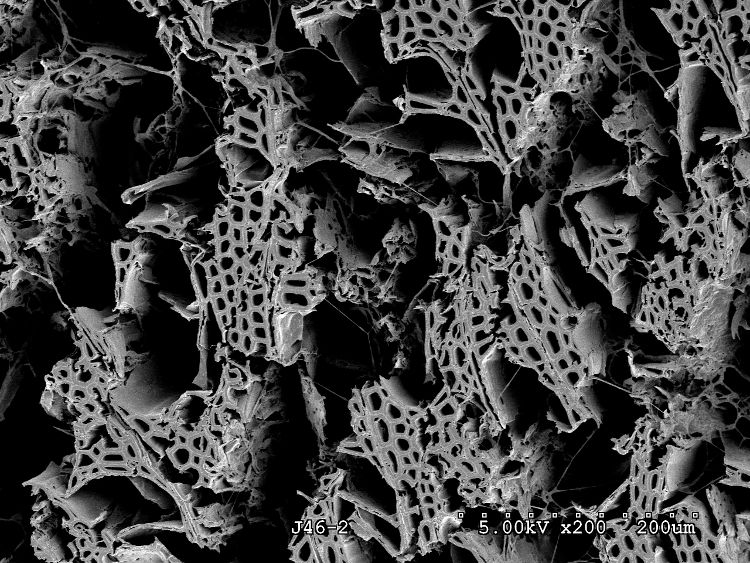
Today, an international collaboration of 71 researchers from 12 countries has published a study that reveals the conclusions of the first large-scale comparison of fungi. Although around 1.5 million species of such organisms exist on the planet, only about 5 percent of them have ever been cataloged.
The new investigation is very important because it sheds some light on the evolution of several special types of fungi, such as those that cause rot decay. These microorganisms are called white rot.
One of the most remarkable conclusions the researchers arrived at is that these organisms were responsible for ending an extremely prolonged interval of coal depositions, which is known among geologists as the Carboniferous period.
Details of the new investigation, which was partially funded by the US National Science Foundation (NSF), were published in the June 29 issue of the top journal Science. Its conclusions could one day be used to increase the efficiency of biofuel production methods.
In addition to decomposing organic matter and dead organisms, fungi are also important in ecosystems, as part of the overall food chain. A large number of insects feed off these organisms, and some ants even grow them inside hives, in specially-designed gardens.
According to the research team, lignin is the most important component of coal. It is a very complex type of polymer, which is usually found in the cell walls of plants. Its role is to give wood its strength and rigidity, the team adds.
What the researchers discovered was that the end of Carboniferous Period coincides with a rise in white rot fungi, which are extremely efficient at breaking down lignin. The correlation is way too tight to catalog it as a coincidence.
“Our study was designed to reconstruct the evolution of lignin decay mechanisms in fungi, analyze the distribution of enzymes that enable fungi to break down lignin, and better define the evolution of the gene families that encode those enzymes,” Clark University expert and study leader, David Hibbett, says.
“This study exemplifies the tremendous gains we can make in understanding complicated biologic processes such as lignin decomposition when we learn about the genealogical relationships of organisms,” NSF program director Charles Lydeard concludes.
Via: How White Rot Fungi Ended Coal Deposition on the Planet
Tidak ada komentar:
Posting Komentar